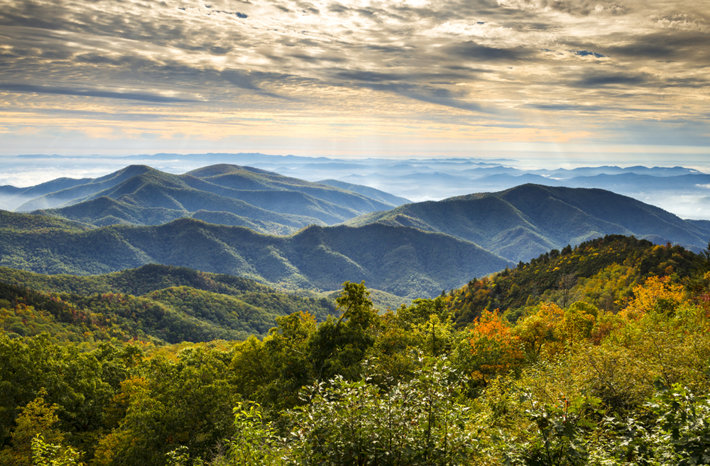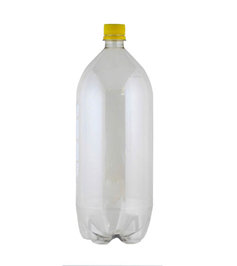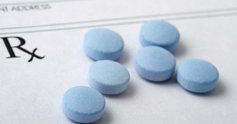North Carolina Drug Recovery

Unbeknownst to and undesired by North Carolina residents, their state has gradually assumed the perfect characteristics for being inundated by drugs.
-
The state is seeing rapid population growth, particularly by ethnic populations, making North Carolina now the tenth most populous state in the nation. While ethnic populations are as law-abiding as any other group, a growing or existing ethnic population allows foreign drug traffickers to mingle unnoticed much more easily.
-
North Carolina possesses an abundance of transportation options, including the main Eastern Seaboard North-South route, I-95. An efficient web of national interstates and state highways criss-cross the state, augmented by airports, railroads and bus lines.
-
Besides these factors, it seems that any area experiencing growth and prosperity is a natural target for drug traffickers because where there is work, there are customers with money.
In the past few years, both Atlanta and the Raleigh metropolitan area have become second-tier drug distribution centers, staging areas for drugs traveling from the Southwest border to consumers along the East Coast or in the Northeast. This region augments the major drug distribution centers in New York, Chicago, and Southern California.
Cocaine is Biggest Threat but Other Drugs are in Ample Supply
Wherever there is an increase in the movement or distribution of illicit drugs, property and violent crime seem to follow. Most law enforcement authorities in North Carolina state that overall, cocaine constitutes their biggest threat, mostly powder cocaine but also crack cocaine. Crack cocaine, in addition to being highly addictive, also contributes to more violent crime and property crime than any other drug.
Domestically-grown marijuana along with imported, high-potency marijuana from Canada or commercial-grade marijuana from Mexico are available across the state. And even heroin, not usually present in any quantity in the Southern states, was reported on the increase by law enforcement in Durham. Between 2007 and 2008, the quantity of heroin seized in North Carolina increased 77 percent.

In most states, North Carolina included, methamphetamine lab seizures dropped steadily after a change in the laws made it harder to get precursor chemicals. In 2008, meth lab seizures were again on the rise after a new procedure was developed that required less pseudoephedrine and less equipment. Called the “Shake and Bake” method, it uses two-liter soda bottles rather than an array of pots, pans, and bowls to manufacture the methamphetamine.
Drought conditions in 2007 caused those growing marijuana on public lands to have to scale back their operations. That year, only 15,115 plants were eradicated. Growers bounced back the next year - more than 100,000 plants were found and destroyed.
While Mexican drug trafficking organizations are the main one bringing drugs into the area, they let other groups do the retail work. Mexican DTOs work with Jamaicans, Dominicans, African-American and American gangs. The last couple of years have also seen a rise in the presence of Hispanic gangs in the Raleigh area.
Controlled Prescription Drug Abuse Adds More Injury to the Area

Doctor-shopping, unscrupulous pharmacy technicians or doctors, theft and prescription fraud led to widespread abuse of prescription drugs such as OxyContin, Percocet, Xanax, Valium and Adderall. In the western portion of the state, a higher number of high school students said that they had abused prescription drugs (25 percent) than in any other region of the state. One reason forwarded for this phenomenon was that possibly the higher number of over-65 residents in Western North Carolina caused there to be more analgesic drugs in circulation that could then be stolen by a family member, service person or burglar.
Alcohol Addiction Leads the Statistics for Substance Abuse Treatment
In all, nearly 40,000 people found drug recovery programs within the state of North Carolina in 2008. More than 15,000 of these admissions to rehab centers involved alcohol consumption that was out of control. Slightly more than half of them involved people who only had a problem with drinking; 6,400 involved alcohol consumption plus a secondary drug.
In second place was marijuana, which proved its power to addict with 8,616 people needing addiction treatment to stop using the drug.
Cocaine was in third place, with three times as many people needing help with crack cocaine as powder cocaine. In all, cocaine sent 7,274 people to drug programs in 2008.
Narconon Drug and Alcohol Rehabilitation Program Provides Help
To those who wish to break the pattern of drug use or drinking that is destroying their lives, Narconon provides a unique drug recovery program that works.
In Narconon, addicts in North Carolina can find the solution they need to drug or alcohol addiction. A holistic substance abuse treatment program takes those who are addicted through a thorough detoxification and reorientation exercises, and then into a life skills training regimen that enables people to leave the past behind and look forward to a bright new future. Graduates ordinarily restore family relationships, renew personal value systems and experience the relief of restored personal integrity. It all adds up to a new life without drugs.
 ®
®